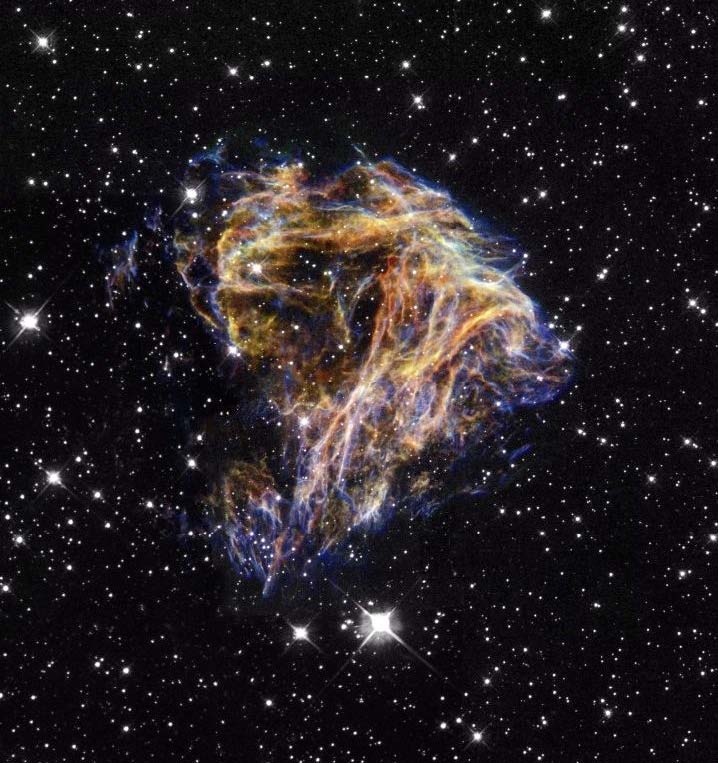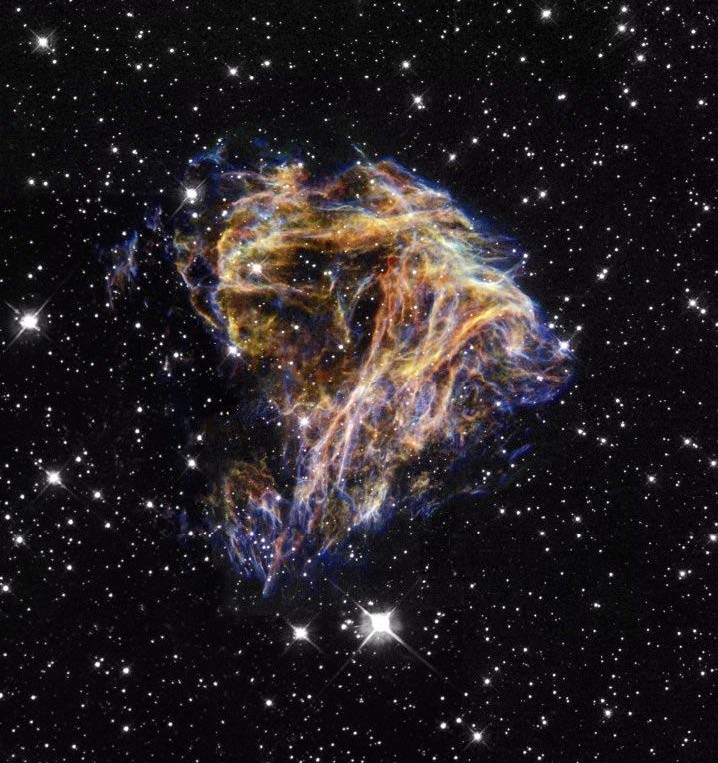Hyperon stars
The supernova collapse of a massive star into a protoneutron star is truly cataclysmic. Simulations of such events are based on knowledge of how stellar matter responds to external temperature and pressure, which are given by the equation of state (EOS).
The EOS is particularly difficult to calculate in this environment of melting atomic nuclei that produces hyperons—nucleons with at least one light quark replaced by a strange quark. In a paper in Physical Review C, Fiorella Burgio at INFN Catania, Italy, and co-workers in Italy and China include the two hyperons ( and ) relevant under the prevailing temperature and density conditions in a new calculation. Using two- and three-body nucleon and hyperon interactions, they go beyond previous work to provide a more realistic form for the EOS for stellar matter at finite temperature.
The authors provide a convenient analytical parameterization of the EOS that can be used as input in a full simulation of supernovae. Based upon their preliminary calculation, they conclude that the most massive neutron stars must have a center with more than hyperon/nucleon matter, one containing a core consisting of strongly interacting quark matter. – William Gibbs and Joseph Kapusta





